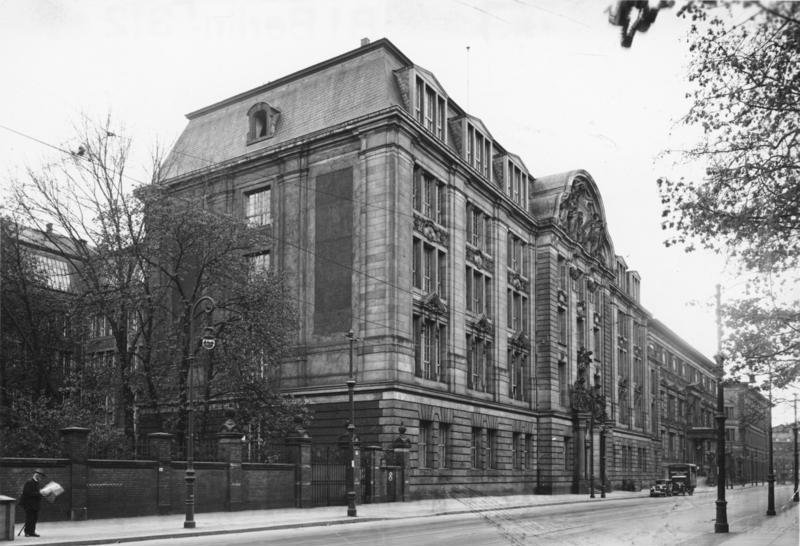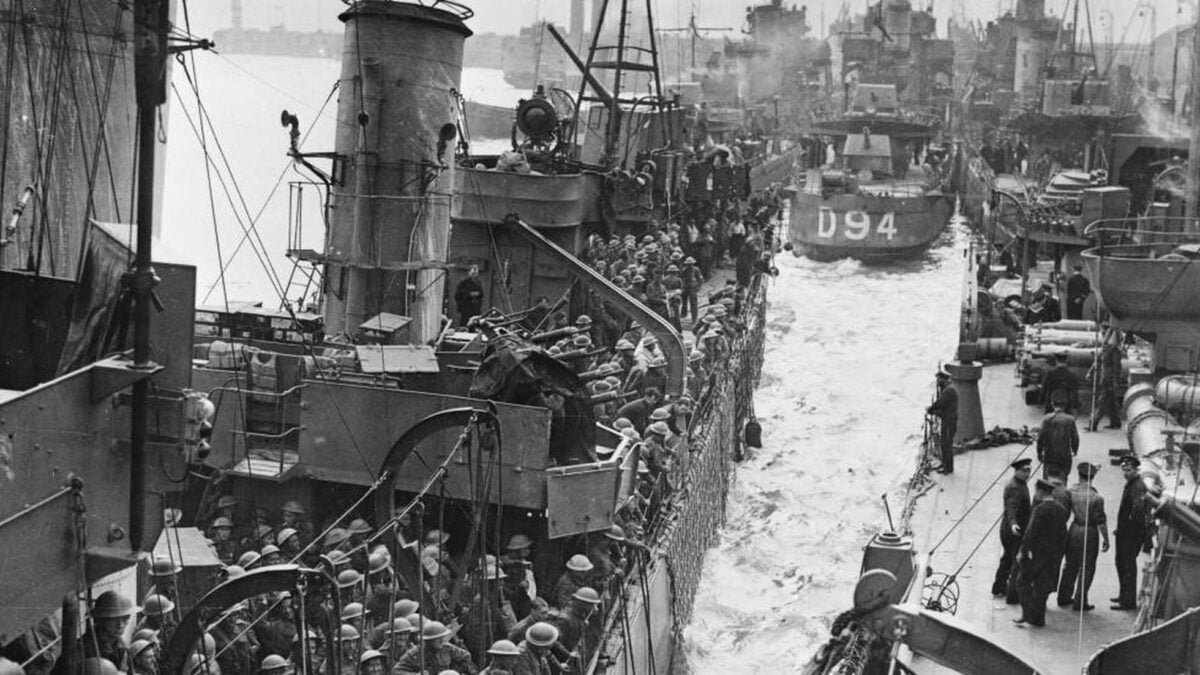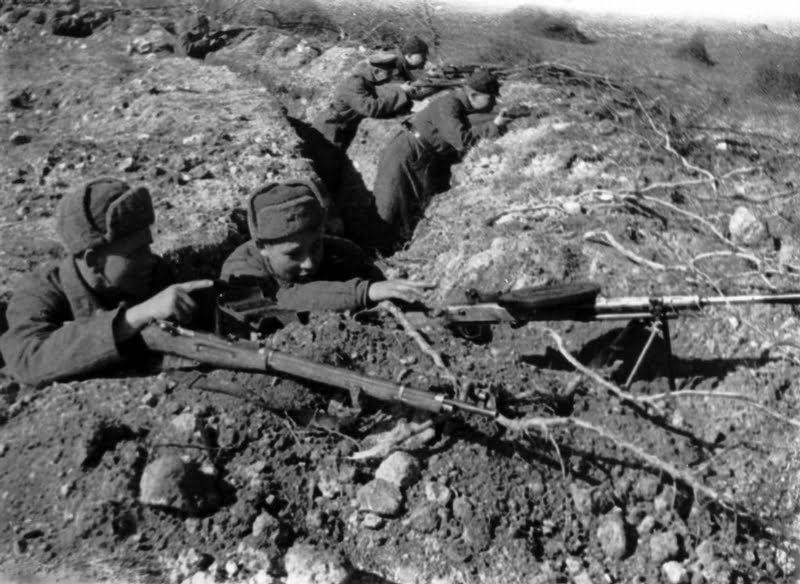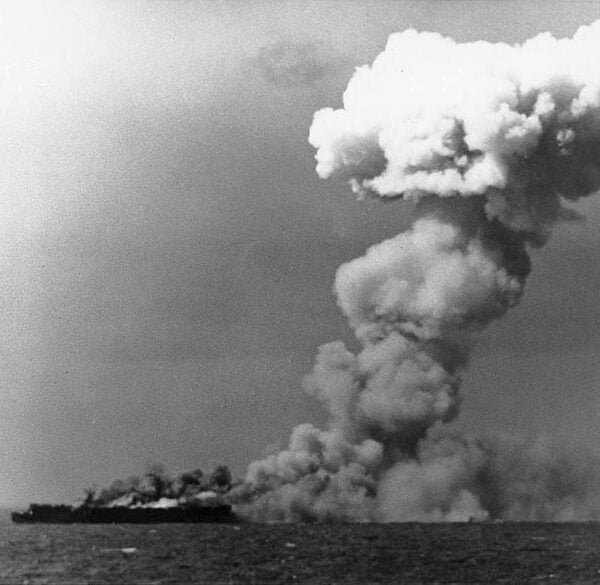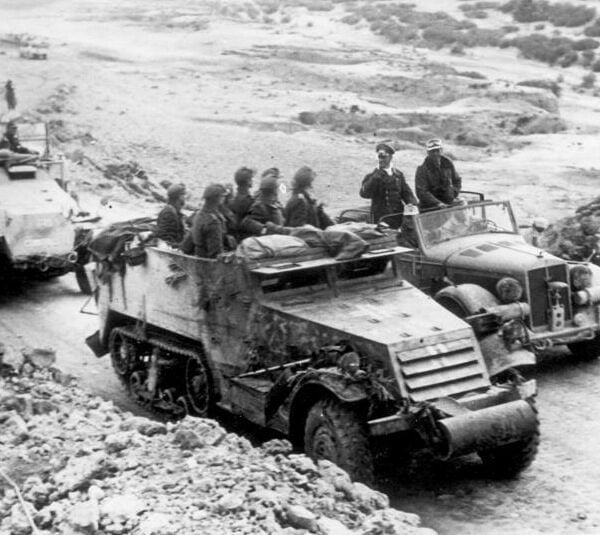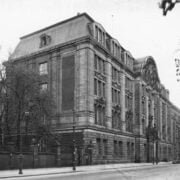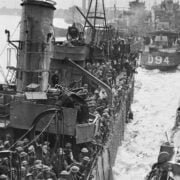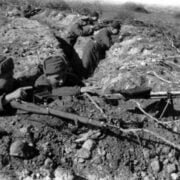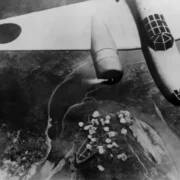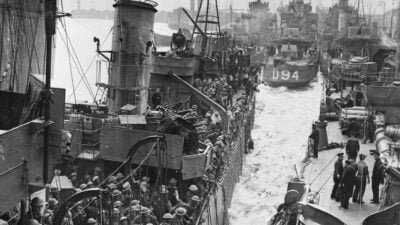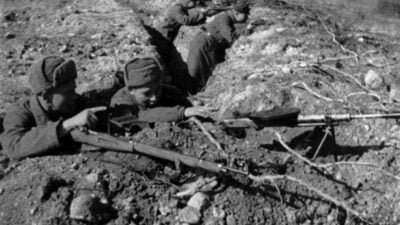The Battle of Voronezh, fought during World War II, is one of the significant events on the Eastern Front that deserves attention.
Also check out: The Afrika Korps of Rommel: The Campaign in North Africa
The Eastern Front in 1942 – War at a Crossroads
By 1942, the Eastern Front of the Second World War had become the primary battleground in the global fight against Axis forces. The conflict in the Eastern Front, also known as the Eastern Front of World War II, played a central role in the war narrative and held significant implications for the course of the conflict worldwide.
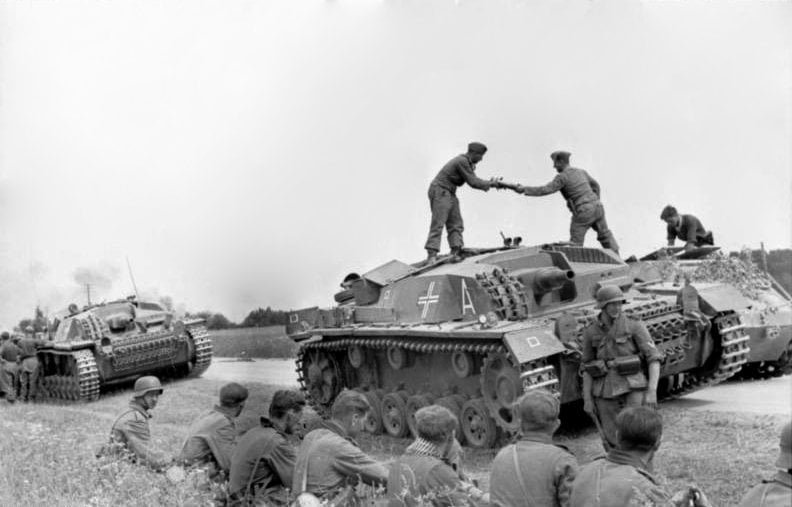

The Invasion of the Soviet Union
The year 1941 marked the beginning of Operation Barbarossa, the German invasion of the Soviet Union. On June 22 of that year, German forces, supported by their Axis allies, launched a massive assault on the Soviet Union, breaking the non-aggression pact between the two nations. This invasion marked a turning point in the war, extending the conflict into Eastern Europe and triggering a series of events that would shape the course of the Eastern Front.
Rapid German Advance
In the initial stages of the invasion, German forces achieved swift conquests, advancing deep into Soviet territory. Major cities and territories, such as Kiev, were captured, and Soviet forces were compelled to retreat on multiple fronts. The initial German advance shocked the world and seemed to place the Soviet Union in an extremely precarious position.
Strategy of Total War
In response to the German invasion, the Soviet Union adopted a strategy of total war. The Soviet government mobilized its national and human resources massively. Industries were relocated to the east, away from areas under German threat, arms production was significantly increased, and a stance of fierce resistance was adopted. The watchwords were ‘Not a step back!’ and ‘The motherland is in danger!’
The Eastern Front as a Decisive Battlefield
By 1942, the Eastern Front became the decisive battleground of the Second World War. German forces faced the vast expanse of Soviet territory, logistical challenges, and tenacious Soviet resistance. The battle on the Eastern Front represented a clash between the ideologies of Nazism and communism, as well as the struggle for territory, resources, and influence.
Preparations and Development of the Battle of Voronezh
The Battle of Voronezh, fought during World War II, was a crucial battle that involved intense preparations and a complex development as both sides sought to achieve their strategic objectives. Let’s delve into the initial stages, planning, and the development of the battle.


The German Preparations
German preparations for the Battle of Voronezh began with the need to consolidate the gains from the previous year and to continue the offensive towards the south of the Soviet Union. The city of Voronezh, strategically positioned on the banks of the River Don, was a critical point of interest. The German forces mobilized considerable resources, including elite divisions and heavy equipment, to ensure the success of their offensive.
Determined Soviet Defense
On the other hand, the Red Army was determined not to cede more ground to the German forces. With the experience from the harsh fighting in 1941, Soviet leaders were aware of the importance of defending strategic positions. Soviet forces concentrated on the city and the surrounding areas, preparing to face the German offensive.
The Development of the Battle of Voronezh
The battle commenced on June 28, 1942, when German forces launched a massive offensive against the Soviet positions. The fighting unfolded under extremely difficult conditions, with the summer heat exacerbating the adversities. The city’s streets became scenes of intense combat, with both sides fiercely vying for control.
Intense Urban Combat
The city witnessed intense urban combat as German forces attempted to take the city and Soviet forces staunchly defended it. Street battles resulted in heavy casualties for both sides. Streets and buildings were stages for close combat, while the city changed hands repeatedly.
Frontline Weariness
As the battle unfolded, weariness on the frontlines became increasingly evident. Both sides suffered heavy losses, and the frontlines continued to fluctuate as the forces engaged in intense battles. The tenacity of the Soviet forces and their determination to defend Voronezh contributed to delaying the German advance to the south.
Consequences of the Battle of Voronezh
The battle, fought during World War II, had significant consequences that impacted the course of the war in the Eastern Front and had global implications. Let’s explore the consequences of this crucial battle.
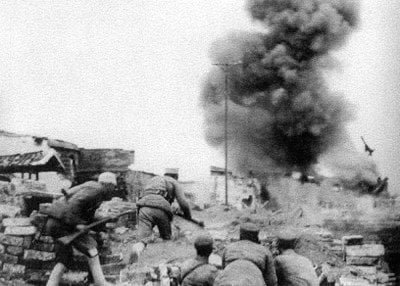

Delay in German Advance
One of the most immediate consequences of the Battle of Voronezh was the delay in the German advance towards southern Soviet Union. German forces encountered fierce resistance and suffered heavy losses. This effect slowed the pace of their offensive and frustrated their strategic objectives of capturing key cities and positions.
Boost in Soviet Morale
The tenacity of Soviet forces had a positive impact on the morale of Soviet troops and the population in general. Firm resistance against a powerful enemy served as an example of determination. The motto “Not one step back!” became a symbol of Soviet courage and resilience.
Shift in the Course of the War
The battle marked a turning point in the Eastern Front. It demonstrated that the Red Army could effectively resist the German forces, slowing down the German momentum. This change in the direction of the war in the Eastern Front had significant implications for the entire war as the Eastern Front was the decisive theater of operations.
Preparation for Future Soviet Victories
The resistance laid the groundwork for future Soviet victories in the region. Although the city was captured by German forces during the battle, the strain on German lines and the display of Soviet resilience formed the basis for planning future offensives.
The demonstration of Soviet resistance in Voronezh also had significant political implications. While Soviet forces confronted the Axis in the Eastern Front, Soviet-American cooperation, exemplified by the Lend-Lease Act, was gaining momentum. The material and economic support from the United States to the Soviet Union increased as the Allies recognized the importance of backing the Soviet war effort.
Legacy and Significance of the Battle of Voronezh
The Battle of Voronezh, fought during World War II, left a lasting legacy and carries deep significance in Soviet history and the fight against German occupation. Its impact transcends the war context, and its legacy remains a symbol of courage and resistance.
It’s remembered as one of the most critical episodes of Soviet resistance against the German invasion. The tenacity shown by Soviet forces, refusing to retreat and defending the city of Voronezh with determination, became a symbol of the Soviet people’s resilience against a powerful enemy.
Example of Soviet Determination in the Battle of Voronezh
The motto “Not one step back!” that echoed during the Battle of Voronezh became an iconic example of determination. Soviet soldiers and the civilian population showed unwavering resolution in defense of their territory and homeland. This display of courage continued to inspire future generations.
Soviet Morale and Identity
The steadfast resistance in Voronezh contributed to boosting the morale of Soviet troops and solidified the Soviet national identity. The battle became an integral part of the Soviet Union’s collective memory, highlighting the capacity to defend the homeland in times of adversity.
Turning Point after the Battle of Voronezh in the Eastern Front
The battle also marked a turning point in the Eastern Front. It showed that the German forces were not invincible and that the Red Army could effectively resist. The strain on German lines and Soviet determination helped pave the way for future Soviet victories in the region.
In addition to its impact on the battlefield, the resistance in Voronezh also had significant political implications. It strengthened cooperation between the Soviet Union and the United States, which acknowledged the importance of supporting the Soviet war effort. The material and economic support from the Allies to the Soviet Union increased as the alliance against the Axis Powers solidified.
